
Mitsubishi Outlander Estate (2012-2021) verdict
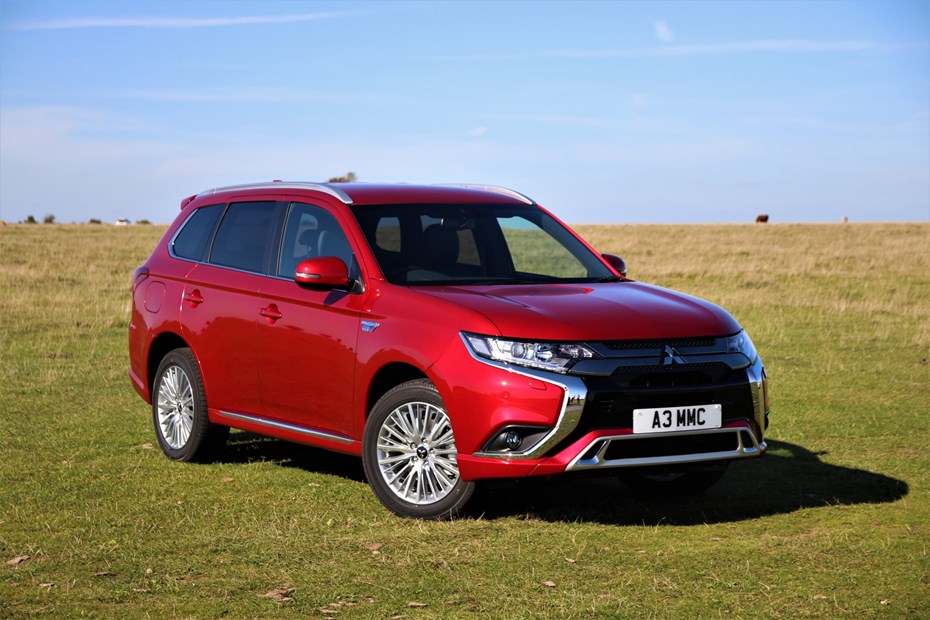
Should you buy one?
The Mitsubishi Outlander range lives and dies on the strength of its hybrid offering. The plug-in Outlander PHEV is still one of the best in the business in terms of real-world economy, and the overarching model’s practicality and spaciousness make it an ideal choice for those who want to ‘go green’ but need more room than most plug-in hybrids can provide.
The plug-in is also good to drive, as it doesn’t require the driver to hugely alter their driving style in order to get the best out of it. It’s torquey, quiet, superbly efficient and really easy to live with. It’s the best of the Outlander’s powertrains by far.
Contrasting the excellent PHEV are disappointing pure-combustion engines. The 2.0-litre petrol is thirsty and gutless, and doesn’t endow the Outlander with the sort of relaxed power that suits its character. Without the plug-in tech, the Outlander simply becomes a poor rival to more modern and more dynamic seven-seat SUV rivals.
The Outlander does somewhat feel its age inside, with a selection of advanced tech sitting rather anachronistically within the plasticky dashboard. All the essentials are here, but more modern rivals do feature items that would be pleasant to have on the Outlander, such as more sophisticated semi-autonomous safety aids.
You certainly can’t argue with the Outlander’s spacious interior, though. Non-hybrid models have space for seven, but the PHEV instead has five seriously roomy seats and a big boot to go along with them.
Buying an Outlander should be pretty painless – the model’s popularity means there’s a ready supply of PHEV models, and online brokers and car supermarkets can offer excellent deals. Most models are highly equipped, too, so it won’t be tricky to find the right spec for you.
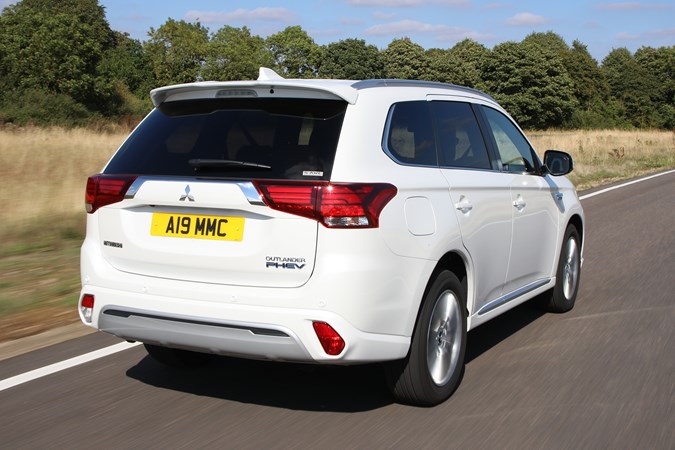
Further reading:
>> Still interested in a hybrid SUV? Read our Honda CR-V review
>> Sticking with Mitsubishi? Read our Eclipse Cross review



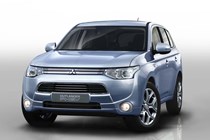
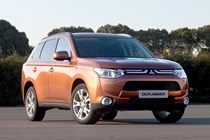
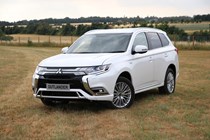
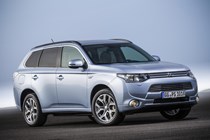
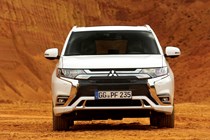

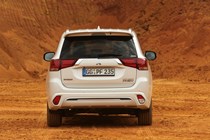
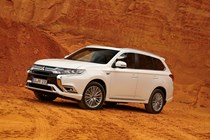
.jpg)
.jpg)
.jpg)
.jpg)
.jpg)
.jpg)
.jpg)
.jpg)
.jpg)
.jpg)
.jpg)
.jpg)

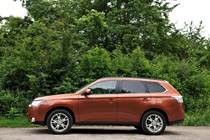
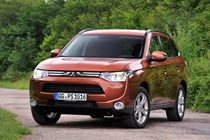
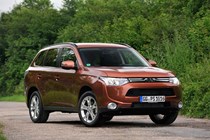
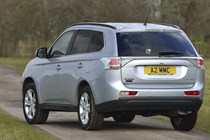
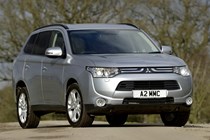
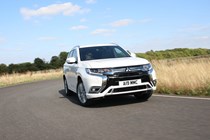

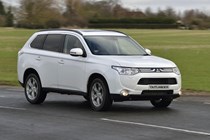
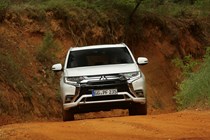
.jpg)

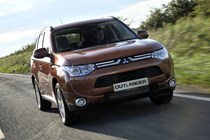

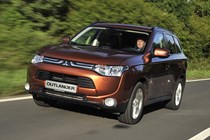
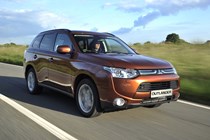
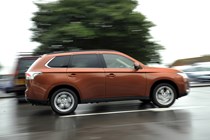
.jpg)
.jpg)
.jpg)
.jpg)
.jpg)
.jpg)
.jpg)
.jpg)
.jpg)
.jpg)
.jpg)
.jpg)
.jpg)
.jpg)
.jpg)
.jpg)
.jpg)
.jpg)
.jpg)
.jpg)
.jpg)
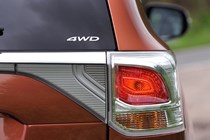
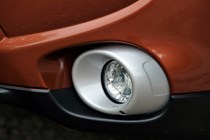
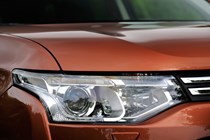
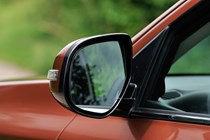

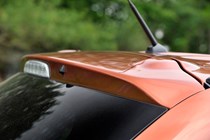
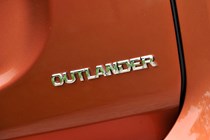
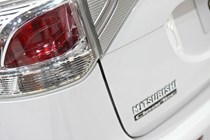
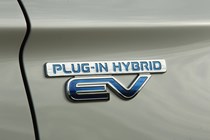
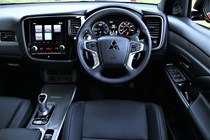
.jpg)
.jpg)
.jpg)
.jpg)
.jpg)
.jpg)
.jpg)
.jpg)
.jpg)
.jpg)
.jpg)
.jpg)
.jpg)
.jpg)
.jpg)
.jpg)
.jpg)
.jpg)
.jpg)
.jpg)
.jpg)
.jpg)
.jpg)
.jpg)
.jpg)
.jpg)
.jpg)
.jpg)
.jpg)
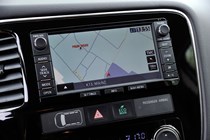
.jpg)
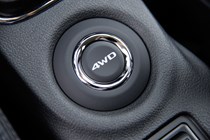
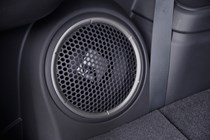
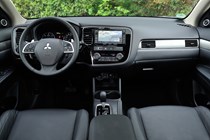
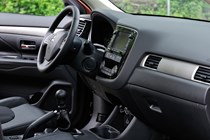
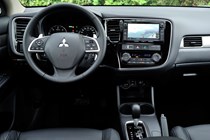

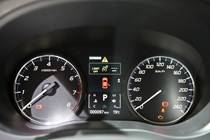
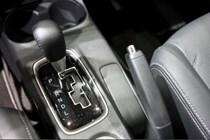
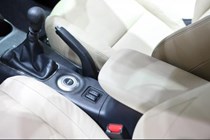
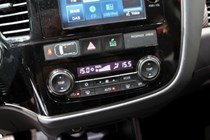
.jpg)
.jpg)
.jpg)
.jpg)
.jpg)
.jpg)
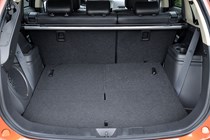

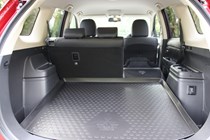
.jpg)
.jpg)
.jpg)
.jpg)
.jpg)
.jpg)
.jpg)
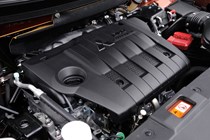
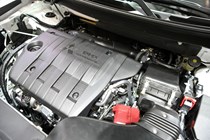
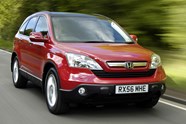
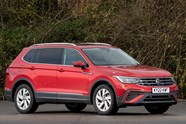
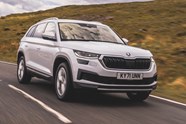









.jpg?quality=50)
.jpg?quality=50)
.jpg?quality=50)
.jpg?quality=50)
.jpg?quality=50)
.jpg?quality=50)
.jpg?quality=50)
.jpg?quality=50)
.jpg?quality=50)
.jpg?quality=50)
.jpg?quality=50)
.jpg?quality=50)










.jpg?quality=50)






.jpg?quality=50)
.jpg?quality=50)
.jpg?quality=50)
.jpg?quality=50)
.jpg?quality=50)
.jpg?quality=50)
.jpg?quality=50)
.jpg?quality=50)
.jpg?quality=50)
.jpg?quality=50)
.jpg?quality=50)
.jpg?quality=50)
.jpg?quality=50)
.jpg?quality=50)
.jpg?quality=50)
.jpg?quality=50)
.jpg?quality=50)
.jpg?quality=50)
.jpg?quality=50)
.jpg?quality=50)
.jpg?quality=50)










.jpg?quality=50)
.jpg?quality=50)
.jpg?quality=50)
.jpg?quality=50)
.jpg?quality=50)
.jpg?quality=50)
.jpg?quality=50)
.jpg?quality=50)
.jpg?quality=50)
.jpg?quality=50)
.jpg?quality=50)
.jpg?quality=50)
.jpg?quality=50)
.jpg?quality=50)
.jpg?quality=50)
.jpg?quality=50)
.jpg?quality=50)
.jpg?quality=50)
.jpg?quality=50)
.jpg?quality=50)
.jpg?quality=50)
.jpg?quality=50)
.jpg?quality=50)
.jpg?quality=50)
.jpg?quality=50)
.jpg?quality=50)
.jpg?quality=50)
.jpg?quality=50)
.jpg?quality=50)

.jpg?quality=50)










.jpg?quality=50)
.jpg?quality=50)
.jpg?quality=50)
.jpg?quality=50)
.jpg?quality=50)
.jpg?quality=50)



.jpg?quality=50)
.jpg?quality=50)
.jpg?quality=50)
.jpg?quality=50)
.jpg?quality=50)
.jpg?quality=50)
.jpg?quality=50)

